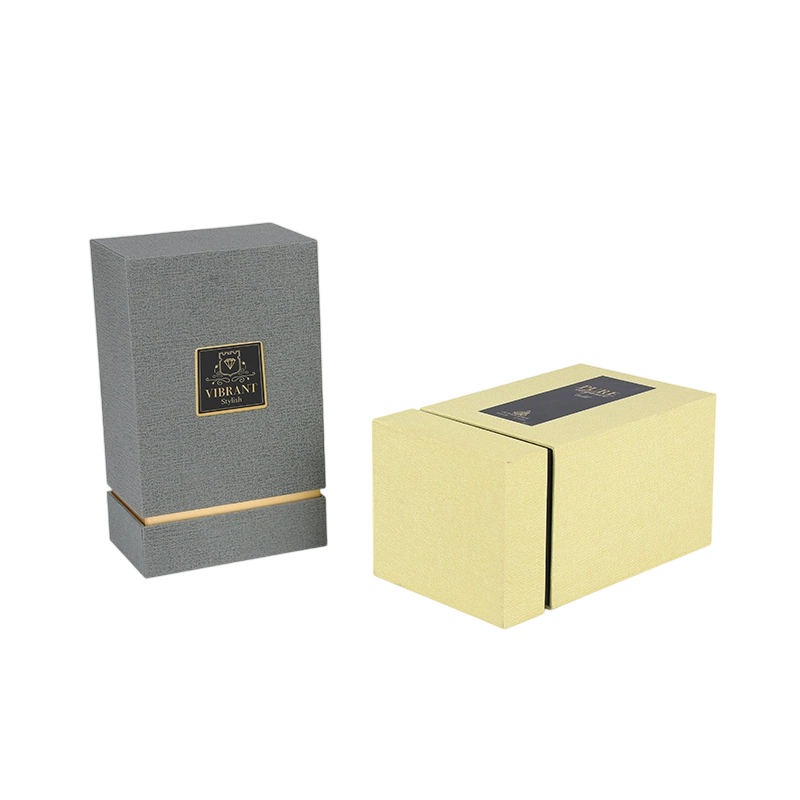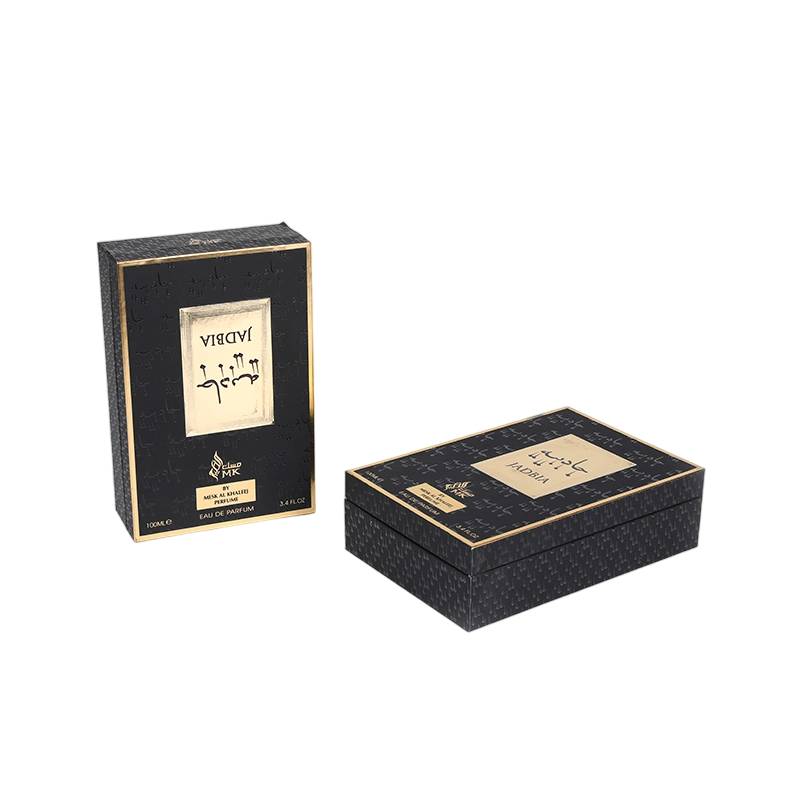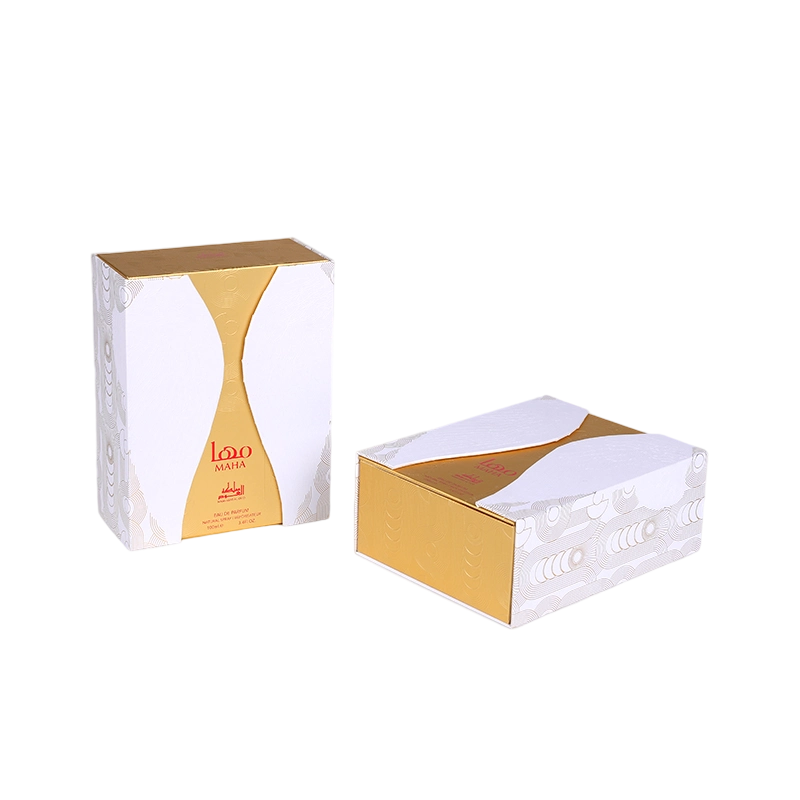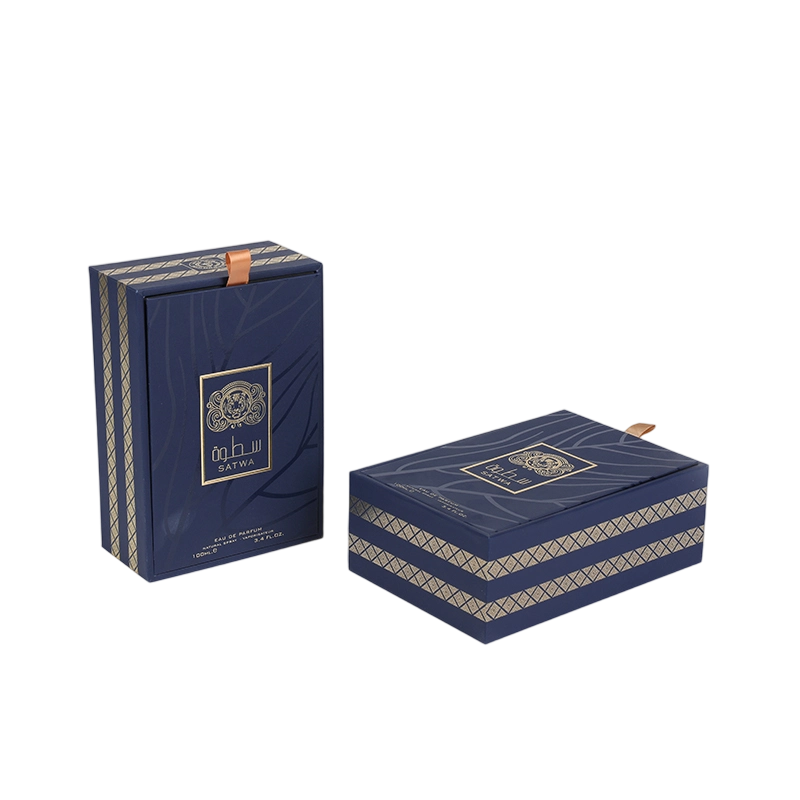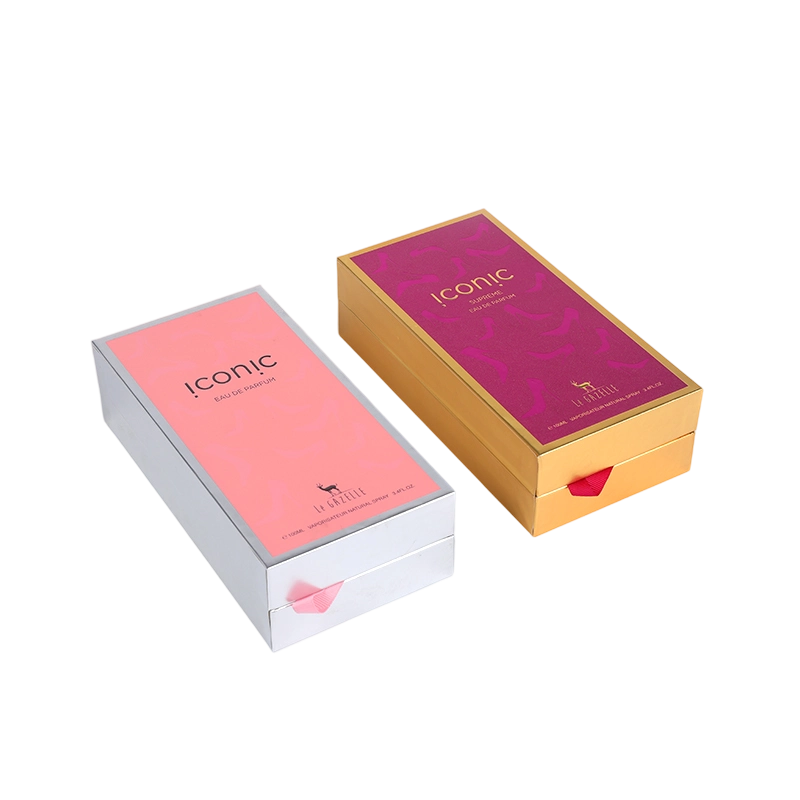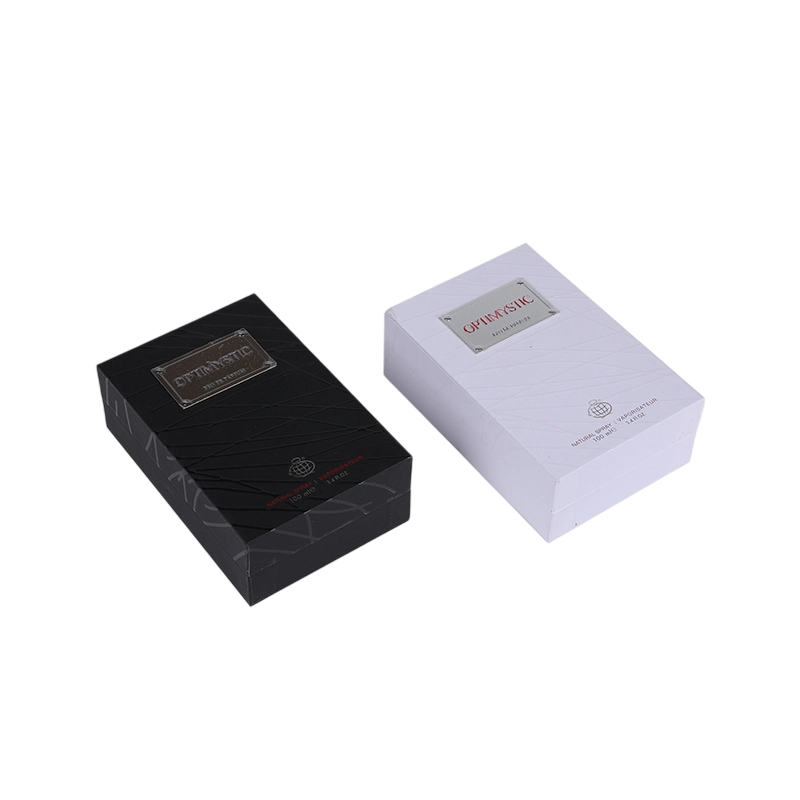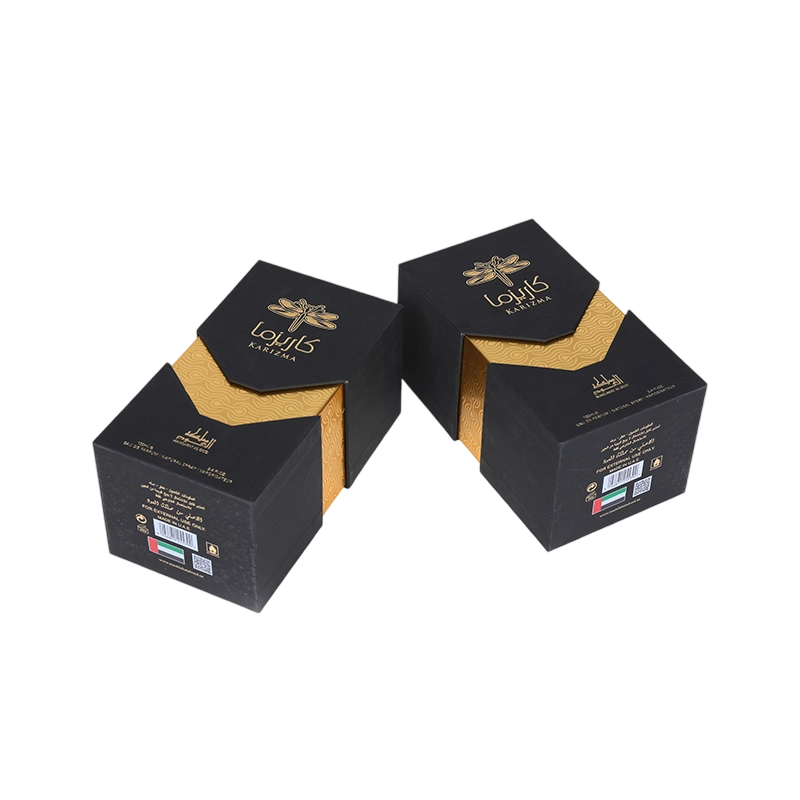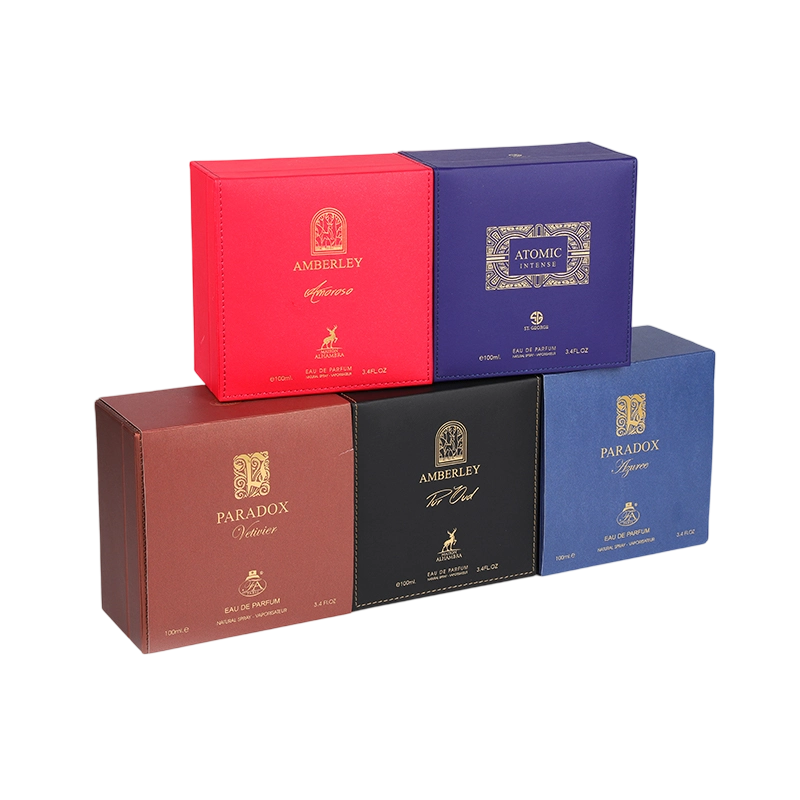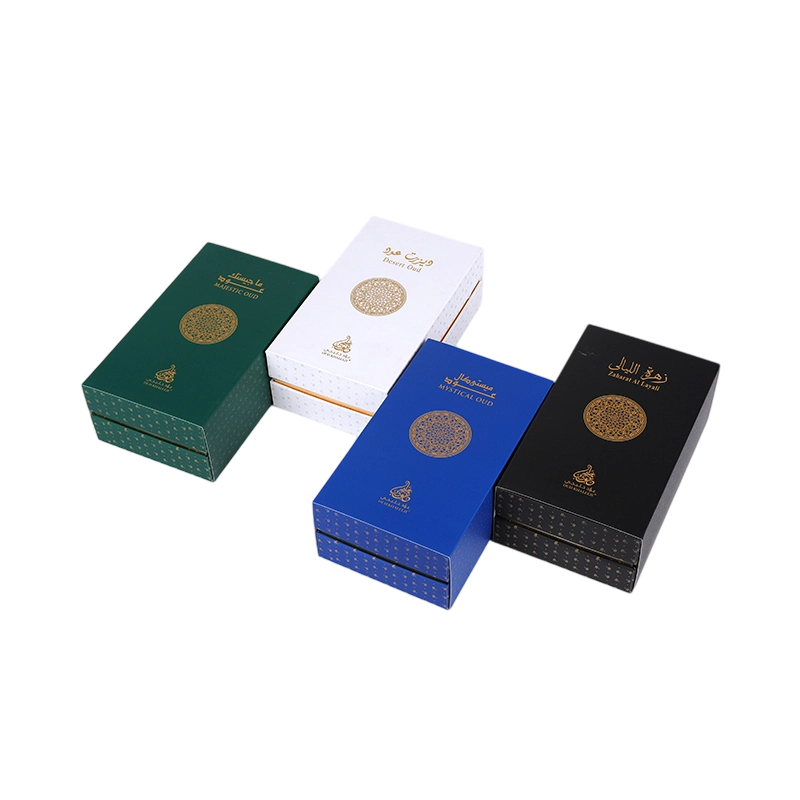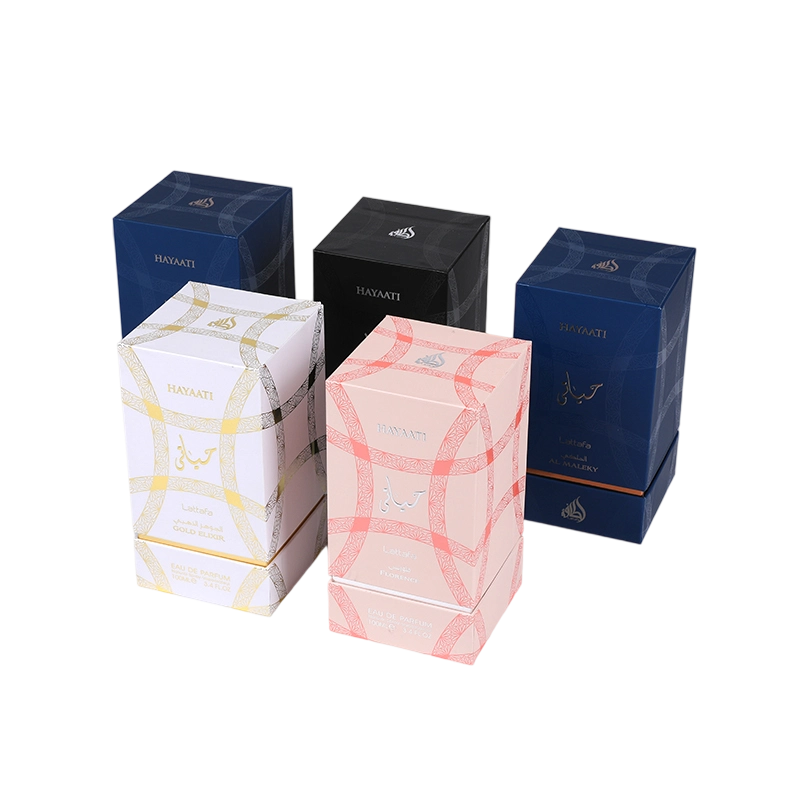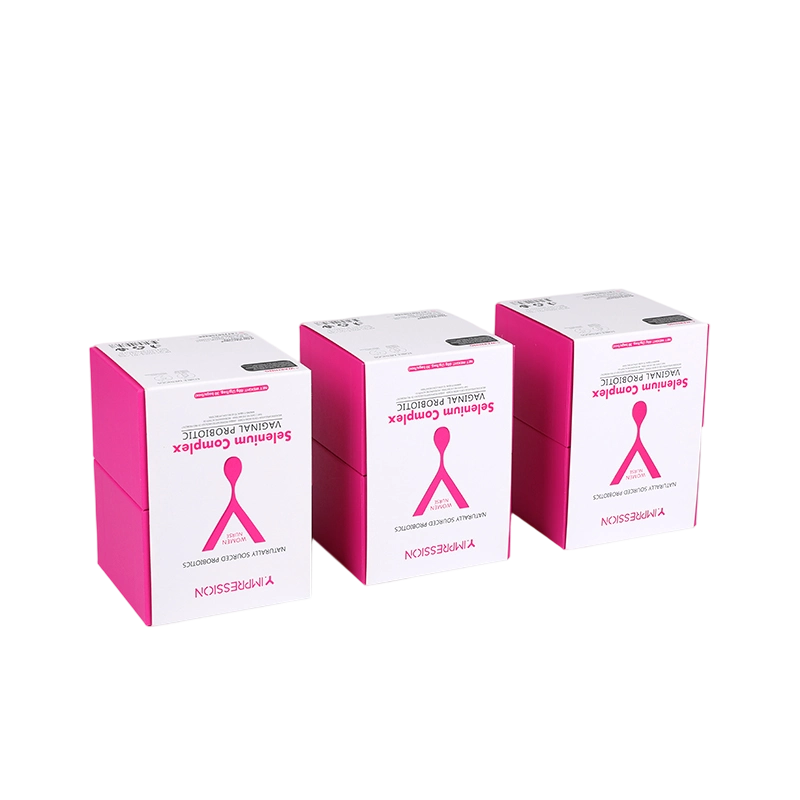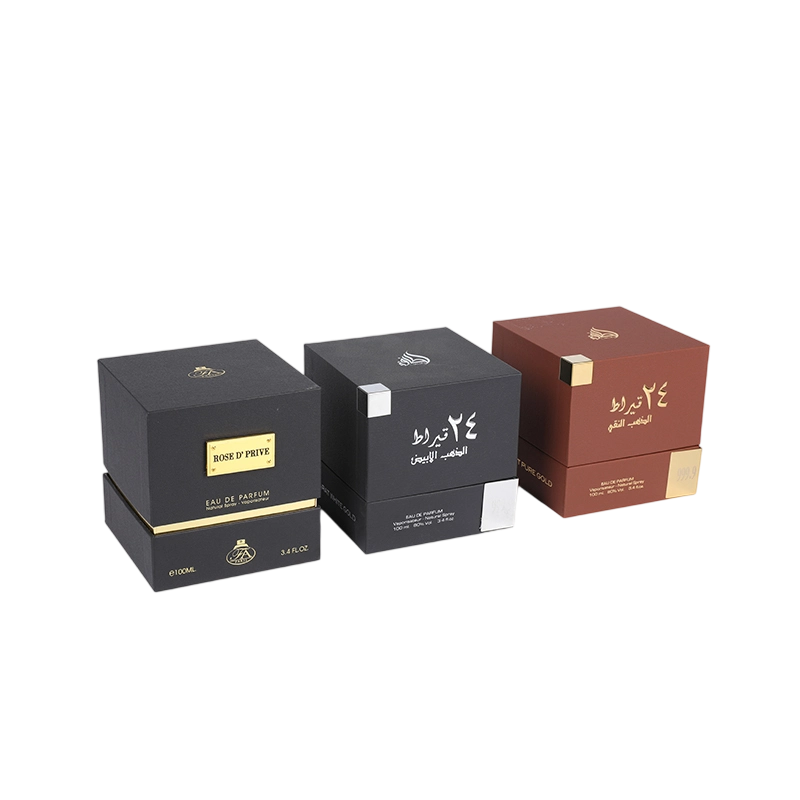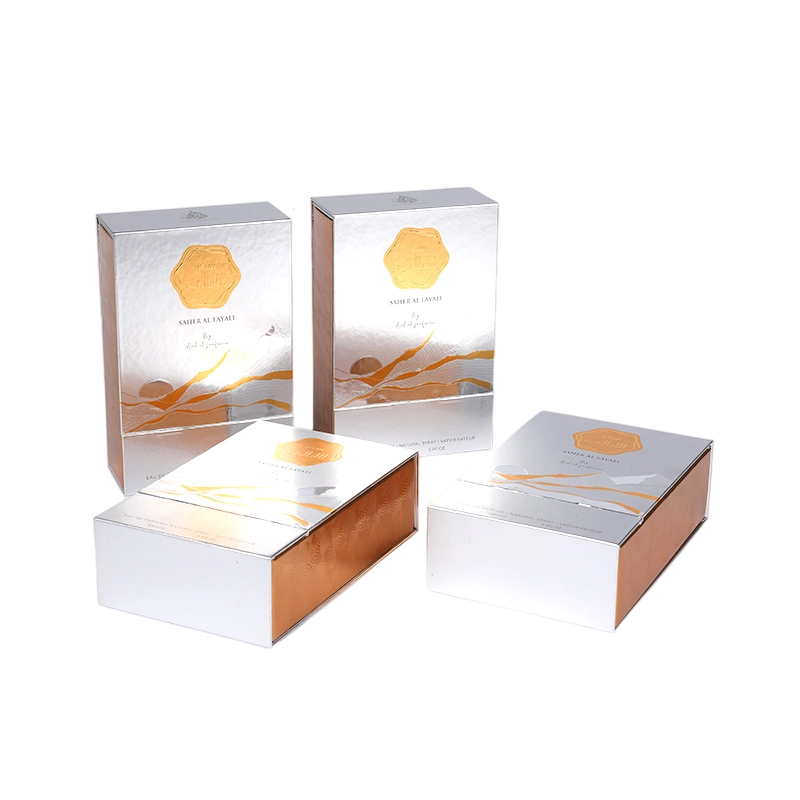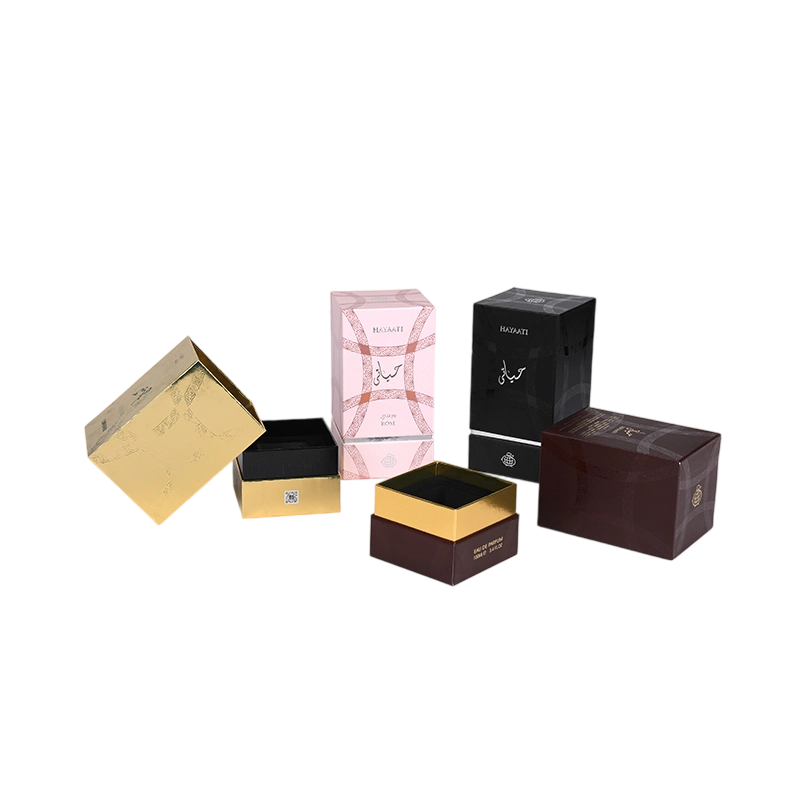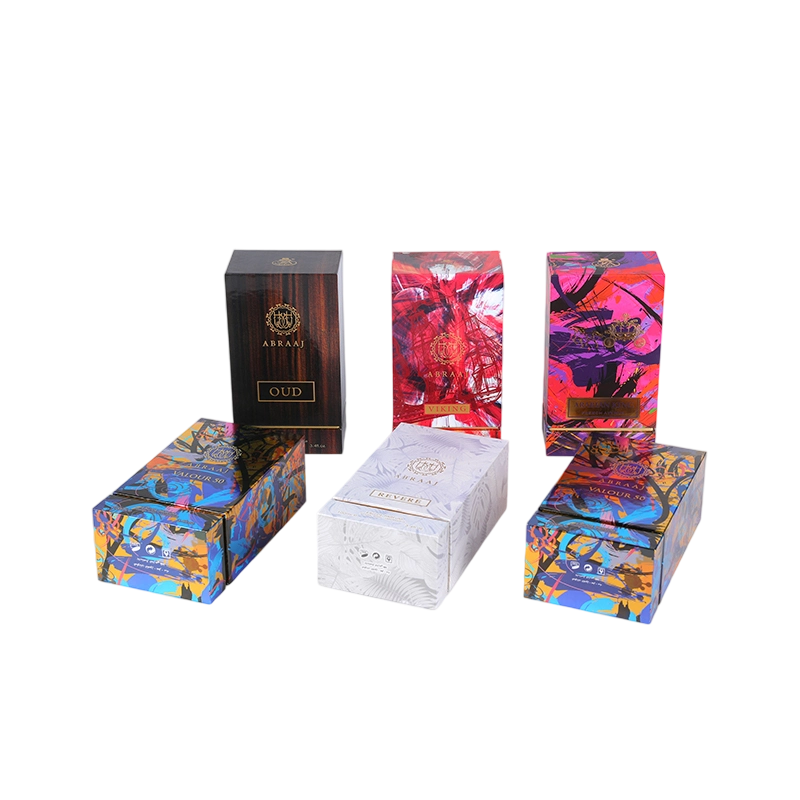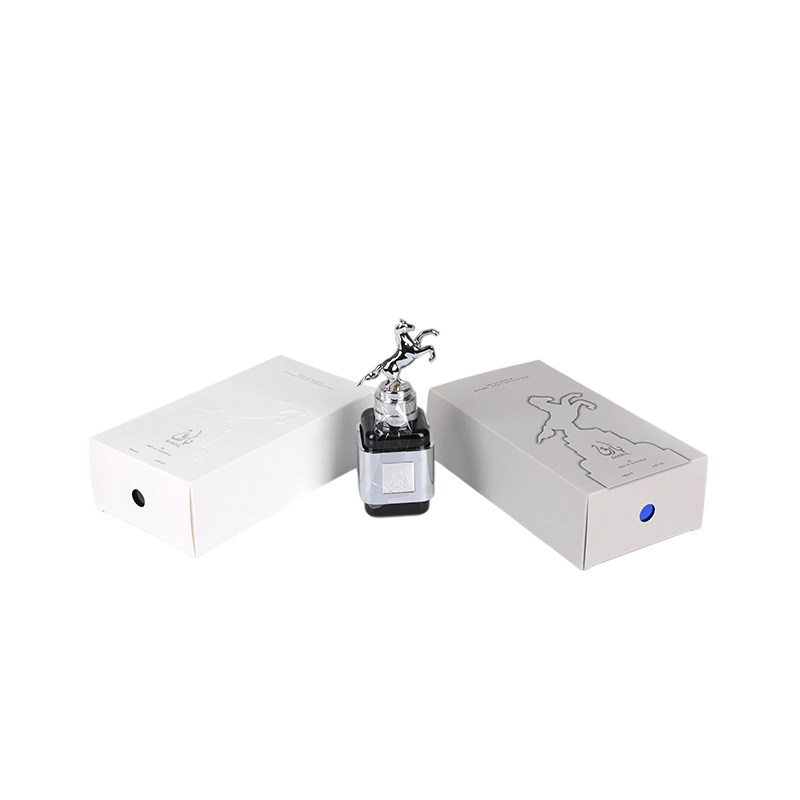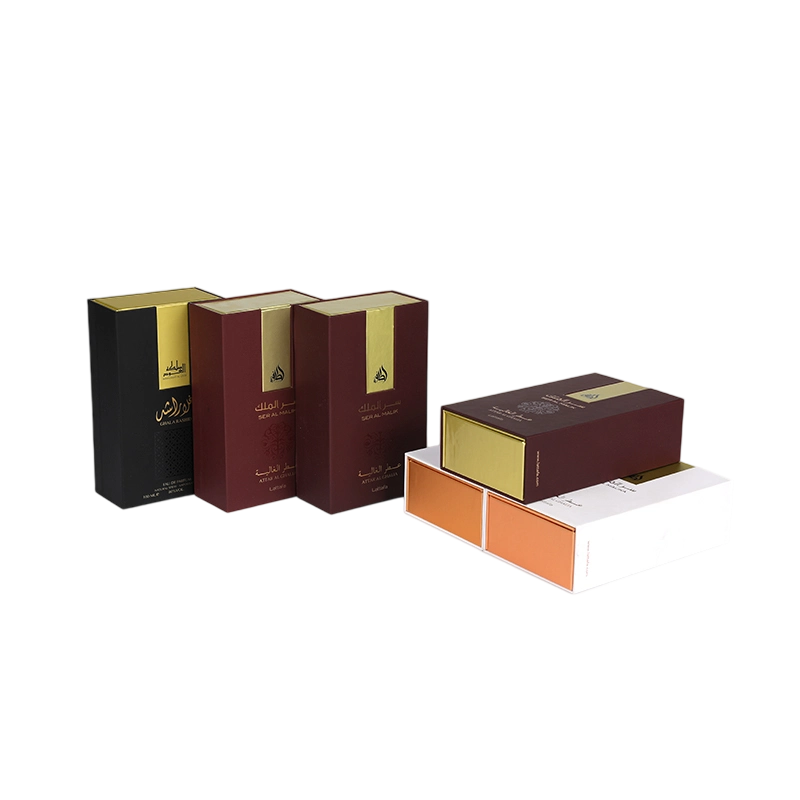Tube boxes can typically be reused, depending on their material, design, condition, and intended purpose. A tube box—also known as a cylindrical container, tube packaging, or roll container—is a hollow, tube-shaped container with a circular or polygonal cross-section, often made from cardboard, plastic, or metal. These boxes are commonly used for storing and shipping items such as posters, blueprints, documents, art prints, cosmetics, food products, and even gifts.
The reusability of a tube box depends on several factors, which are explored in detail below.
1. Material Determines Reusability
The most important factor in determining whether a tube box can be reused is the material it is made from.
Cardboard/Paperboard Tube Boxes: These are the most common type, especially for shipping posters, maps, or architectural drawings. Made from layers of paperboard wound into a tube and sealed with a lid or cap, they are sturdy and lightweight. If handled carefully—without crushing, moisture exposure, or tearing—cardboard tube boxes can be reused multiple times for light to medium-duty purposes, such as storing rolled documents or craft supplies.
Plastic Tube Boxes: Made from materials like polypropylene (PP), polyethylene (PE), or PVC, plastic tubes are highly durable, water-resistant, and more impact-resistant than cardboard. They often feature screw-on or snap-on lids, making them ideal for repeated use. Plastic tube boxes are frequently reused for storing pens, art tools, small parts, or even as travel containers for toiletries.
Metal Tube Boxes: Less common but used for premium products like gourmet foods, tea, or collectibles. Tin or aluminum tubes are strong, airtight, and corrosion-resistant, making them excellent candidates for reuse—often repurposed as pen holders, coin banks, or decorative storage.
2. Structural Integrity and Condition
Even if a tube box is made from a reusable material, its current condition determines whether it can be used again. Signs that a tube box may no longer be suitable for reuse include:
Dents, cracks, or warping (especially in plastic or metal)
Crushed or bent ends (in cardboard tubes)
Damaged or missing lids or caps
Moisture damage, mold, or stains (particularly in paper-based tubes)
A tube box in good condition—without significant wear—can be cleaned and reused effectively.
3. Design Features That Support Reusability
Some tube boxes are specifically designed with reuse in mind:
Secure closures: Screw caps, snap-on lids, or interlocking ends make the tube easy to open and close multiple times without damage.
Reinforced rims and bases: These prevent deformation and extend the life of the container.
Smooth interiors: Make it easier to insert and remove contents without snagging or tearing.
Tubes with these features are more likely to be reused, especially in commercial or industrial settings.
4. Common Reuse Applications
Even after their original purpose is fulfilled, tube boxes can be repurposed in many creative and practical ways:
Storage: Ideal for pens, markers, knitting needles, cables, or small tools.
Gift Packaging: Reused as eco-friendly gift containers for candles, cookies, or handmade crafts.
Travel Organizers: Plastic or metal tubes can hold toothbrushes, jewelry, or medicine.
DIY Projects: Cardboard tubes are often used in schools or homes for crafts, such as telescopes, musical instruments, or plant starters.
Document Protection: Reused to store important rolled documents, certificates, or artwork.
This versatility enhances their value and reduces waste.
5. Environmental and Economic Benefits of Reuse
Reusing tube boxes supports sustainability by reducing the need for new packaging materials and lowering landfill waste. It also saves money for individuals and businesses who rely on storage solutions. Many eco-conscious brands now design tube packaging with reuse and recyclability in mind, promoting a circular economy.
6. Limitations to Reuse
Despite their potential, not all tube boxes are suitable for reuse:
Single-use designs: Some are made with thin materials or non-durable closures meant for one-time use.
Hygiene-sensitive contents: Tubes that held food, cosmetics, or medical products may not be safe to reuse unless thoroughly cleaned.
Printed or branded tubes: Companies may discourage reuse if the branding is prominent, though this is more a marketing concern than a functional one.
Tube boxes can be reused—especially if they are made from durable materials like plastic or metal, are in good condition, and have secure closures. Cardboard tube boxes can also be reused if they remain intact and dry. Their cylindrical shape, protective design, and versatility make them excellent candidates for repurposing in both household and professional environments. By reusing tube boxes, consumers and businesses can reduce waste, save money, and contribute to more sustainable packaging practices. Always assess the condition and cleanliness of the tube before reuse, and consider creative ways to extend its life beyond its original purpose.


 English
English 中文简体
中文简体 عربى
عربى
